Understanding **worldwide darts points** is crucial for both casual players and serious competitors looking to improve their game and follow professional matches; it dictates scoring, strategy, and ultimately, victory. This article explores the intricacies of scoring in various darts games, including 501, Cricket, and around-the-clock, offering insights into the rules and nuances that shape the sport.
⚠️ Still Using Pen & Paper (or a Chalkboard)?! ⚠️
Step into the future! The Dart Counter App handles all the scoring, suggests checkouts, and tracks your stats automatically. It's easier than you think!
Try the Smart Dart Counter App FREE!Ready for an upgrade? Click above!
Understanding the Basics of Darts Scoring
Before diving into the complexities of **worldwide darts points** and different game variations, it’s essential to grasp the fundamentals of scoring in darts. The dartboard is divided into several sections, each with a specific point value. Players aim to hit these sections to accumulate points and achieve the desired score for their chosen game.
- Single Segments: The largest areas on the board, each corresponding to a number from 1 to 20.
- Double Ring: The outer ring doubles the value of the corresponding number.
- Treble Ring: The inner ring triples the value of the corresponding number.
- Bullseye: The center of the board is divided into two sections: the outer bullseye (25 points) and the inner bullseye, also known as the “double bull” (50 points).
The objective in most dart games is to reduce a starting score to zero. However, specific rules govern how this can be achieved, especially regarding the final dart thrown.
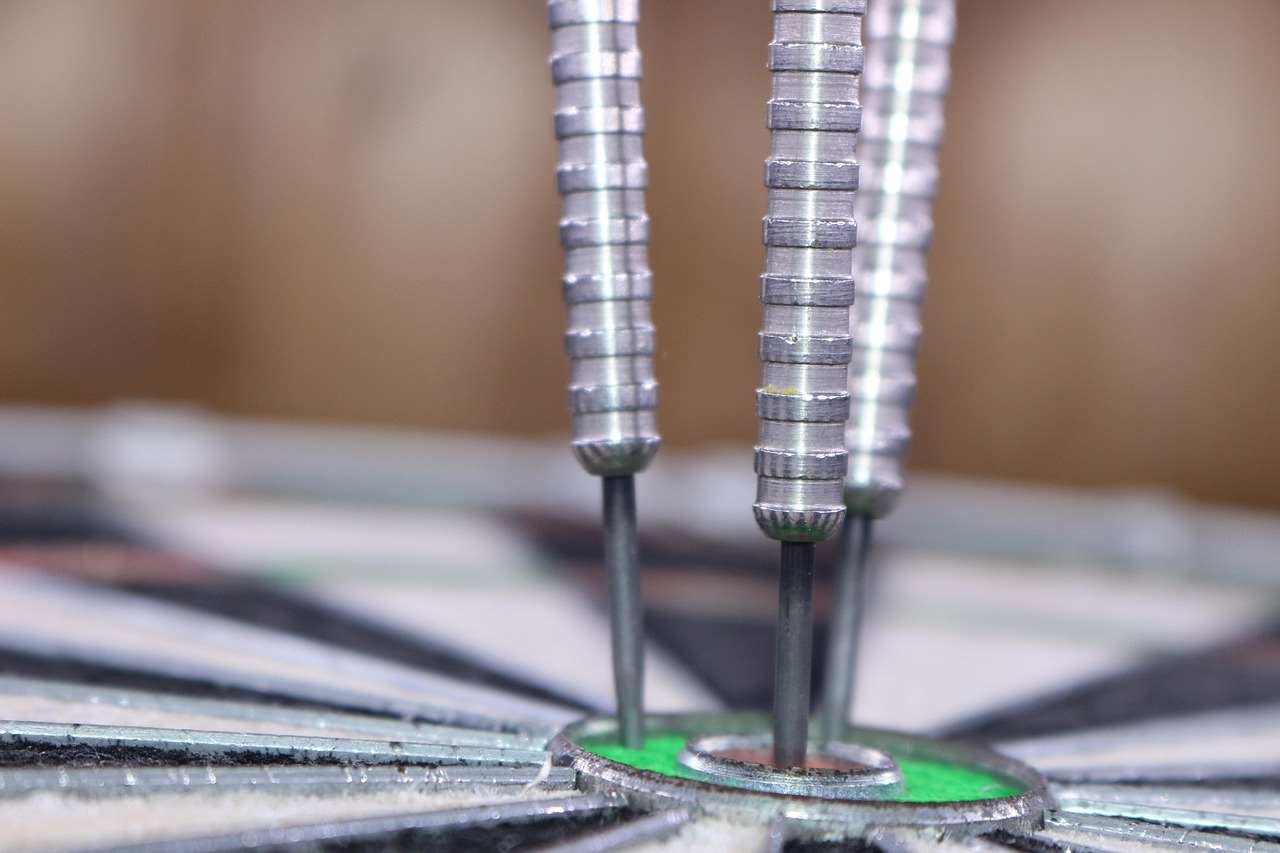
501: The King of Darts Games and Worldwide Darts Points
The most popular darts game played around the globe is undoubtedly 501. It’s the standard format for professional tournaments and a favorite among casual players. The rules are straightforward, yet the strategic depth is immense. Each player starts with 501 points and takes turns throwing three darts. The score of each throw is subtracted from the remaining total. The first player to reach zero, ending with a double or the bullseye, wins the leg.
Key Elements of 501 Scoring:
- Starting Score: 501 points.
- Objective: Reduce the score to zero.
- Checkout Rule: The final dart must land on a double or the bullseye.
- Bust Rule: If a player scores more points than required, reducing their score below zero or to one, that throw is void, and their score reverts to what it was at the start of the throw.
Mastering 501 requires accuracy, strategy, and mental fortitude. Knowing your outs (the required checkout score) and planning your throws accordingly is crucial for success. A strong understanding of checkout combinations, like those featured on darts bullseye checkout, provides a competitive edge.
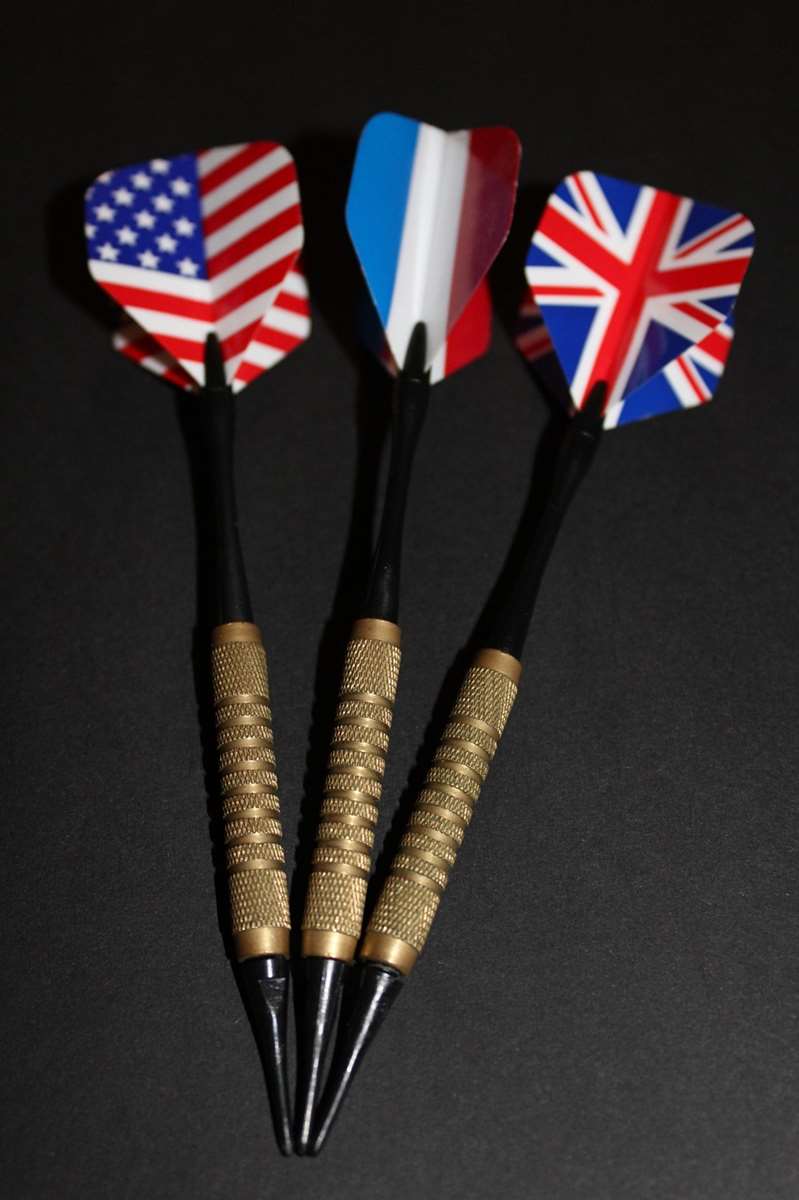
Cricket: A Strategic Game of Numbers
Cricket is another popular darts game, although it differs significantly from 501. In Cricket, players aim to “close out” specific numbers before their opponents. The numbers used are typically 20, 19, 18, 17, 16, 15, and the bullseye. To close out a number, a player must hit it three times (this can be achieved with single, double, or treble hits). Once a number is closed out by a player, only that player can score points on that number.
Cricket Scoring Rules:
- Target Numbers: 20, 19, 18, 17, 16, 15, and the bullseye.
- Closing Out: Hitting a number three times closes it out for a player.
- Scoring Points: After closing out a number, a player scores points on that number until their opponent also closes it out.
- Winning the Game: A player wins by closing out all target numbers and having an equal or higher score than their opponent. If a player closes out all numbers but has a lower score than their opponent, they must continue scoring until they have a higher score or their opponent closes out all numbers.
Cricket emphasizes strategic gameplay. Players must decide whether to focus on closing out numbers or scoring points, balancing offense and defense to gain an advantage.
Around the Clock: A Game of Accuracy and Precision
Around the Clock, also known as “Killer,” is a simple yet challenging darts game that tests a player’s accuracy. The goal is to hit each number on the dartboard in sequence, starting with 1 and ending with 20, and sometimes the bullseye.
Basic Rules of Around the Clock:
- Sequence: Players must hit the numbers 1 through 20 in order.
- Progression: A player can only move on to the next number after successfully hitting the current number.
- Variations: Some variations require hitting each number with a single, double, or treble.
Around the Clock is an excellent practice game for improving accuracy and consistency. Variations can be introduced to increase the difficulty and challenge players further. It’s also a good game for beginners because it helps them familiarize themselves with the dartboard and practice aiming at specific targets. You can even use a dartboard template to practice accuracy.
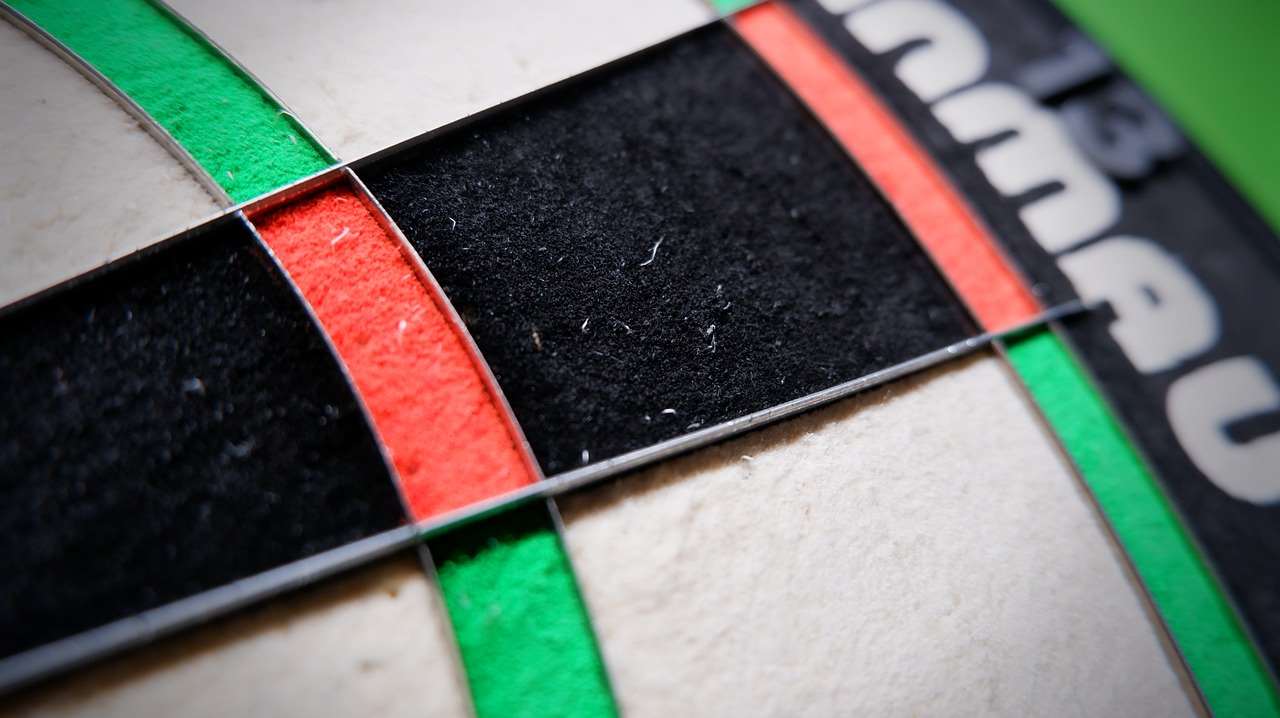
Handicap Systems in Darts
To level the playing field between players of different skill levels, handicap systems are often used in darts. These systems aim to give weaker players a better chance of winning by adjusting their starting score or awarding them extra throws.
Common Handicap Methods:
- Starting Score Adjustment: The stronger player starts with a higher score than the weaker player in 501.
- Extra Throws: The weaker player receives additional throws during their turn.
- Target Adjustments: In Cricket, the weaker player may have fewer numbers to close out.
Handicap systems promote fair play and encourage players of all skill levels to participate. They also add an element of strategy, as stronger players must overcome the handicap to secure victory.
The Role of Technology in Darts Scoring
Technology has revolutionized darts scoring, making it easier, more accurate, and more engaging. Electronic dartboards automatically calculate scores and track progress, eliminating the need for manual scoring. Furthermore, dart scoring apps, such as the App to score darts (https://dartcounterapp.com/), provide advanced features like statistical analysis, checkout suggestions, and online multiplayer capabilities.
Benefits of Technology in Darts Scoring:
- Accuracy: Eliminates human error in scoring.
- Efficiency: Automates scorekeeping and tracking.
- Analysis: Provides insights into performance and areas for improvement.
- Connectivity: Enables online multiplayer and social interaction.
Using a dartcounter google or dedicated app can significantly enhance the darts experience, making it more enjoyable and competitive.
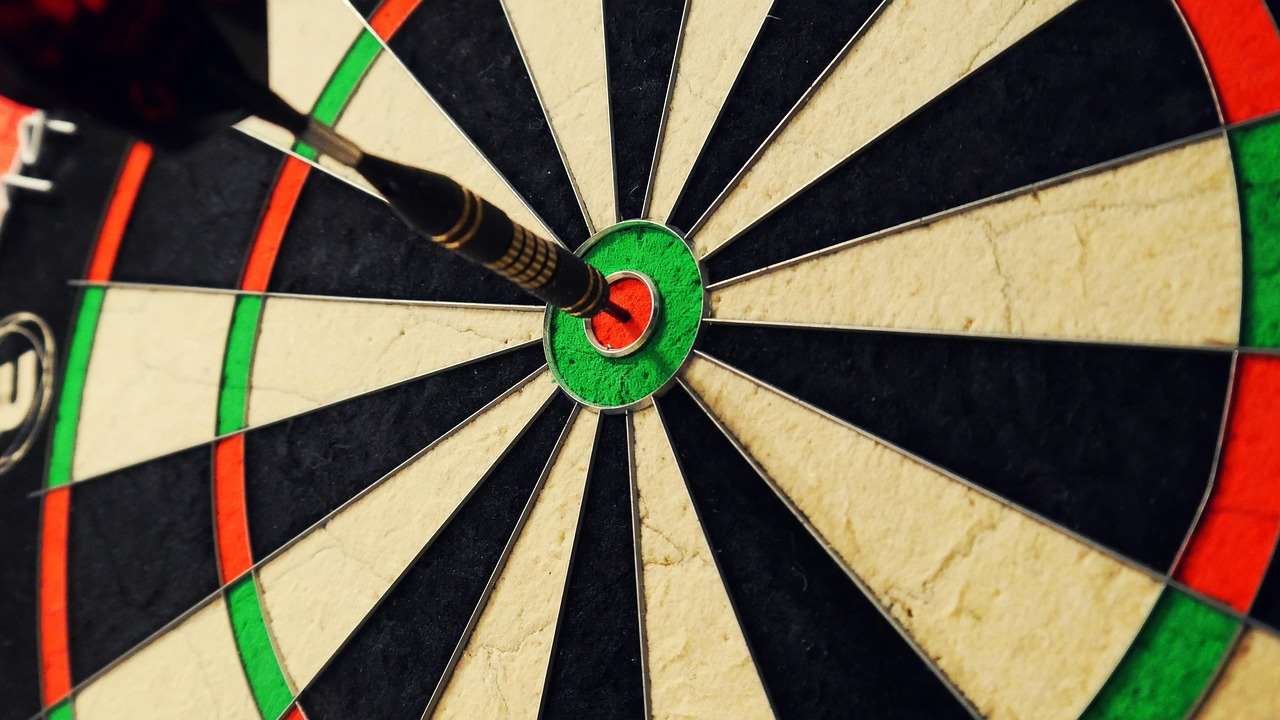
Tips for Improving Your Darts Scoring
Improving your darts scoring requires dedication, practice, and a strategic approach. Here are some tips to help you enhance your game:
- Practice Regularly: Consistent practice is essential for developing accuracy and consistency.
- Focus on Specific Targets: Concentrate on hitting specific numbers and doubles to improve your checkout ability.
- Analyze Your Performance: Track your scores and identify areas where you need improvement.
- Learn Checkout Combinations: Memorize common checkout combinations to streamline your game.
- Develop a Consistent Throw: Work on your throwing technique to achieve a smooth and repeatable motion.
- Mental Preparation: Stay focused and positive during matches to maintain composure under pressure.
By incorporating these tips into your training routine, you can gradually improve your darts scoring and achieve your goals. Remember, the 9 dart finish scores represent the pinnacle of darts performance, requiring immense skill and precision.
The Future of Worldwide Darts Points and Scoring
The future of darts scoring is likely to be shaped by further advancements in technology and evolving game formats. We can expect to see more sophisticated electronic dartboards, augmented reality applications, and data-driven training tools. These innovations will not only enhance the playing experience but also provide players with valuable insights into their performance, enabling them to optimize their training and strategies. The accessibility of darts, especially through online platforms, will also continue to grow, fostering a global community of players and enthusiasts. While the tools may evolve, the core principles of **worldwide darts points** – accuracy, strategy, and mental fortitude – will remain paramount for success in this timeless sport.
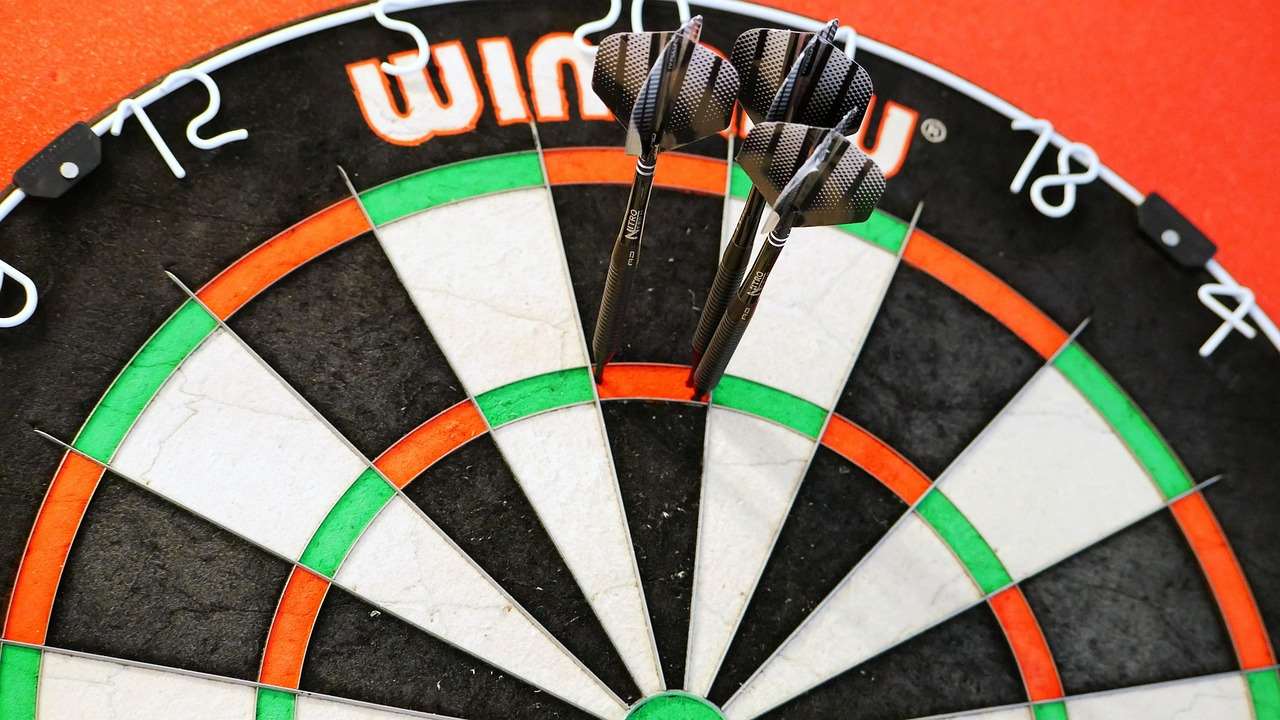
Conclusion
Understanding **worldwide darts points** across different game variations like 501, Cricket, and Around the Clock is fundamental for any darts enthusiast. From mastering the basic scoring system to leveraging technology and practicing strategic gameplay, there are numerous ways to improve your darts performance. Whether you’re a casual player or aiming for professional success, a solid grasp of scoring rules and techniques will undoubtedly elevate your game. So, grab your darts, aim for the bullseye, and start practicing! Consider researching darts bedroom accessories to enhance your practice environment, and improve your game today.
Hi, I’m Dieter, and I created Dartcounter (Dartcounterapp.com). My motivation wasn’t being a darts expert – quite the opposite! When I first started playing, I loved the game but found keeping accurate scores and tracking stats difficult and distracting.
I figured I couldn’t be the only one struggling with this. So, I decided to build a solution: an easy-to-use application that everyone, no matter their experience level, could use to manage scoring effortlessly.
My goal for Dartcounter was simple: let the app handle the numbers – the scoring, the averages, the stats, even checkout suggestions – so players could focus purely on their throw and enjoying the game. It began as a way to solve my own beginner’s problem, and I’m thrilled it has grown into a helpful tool for the wider darts community.